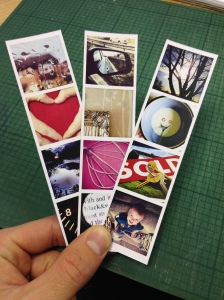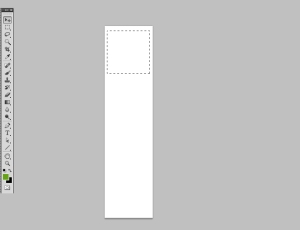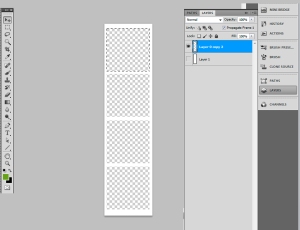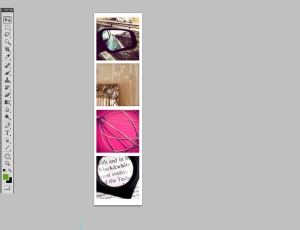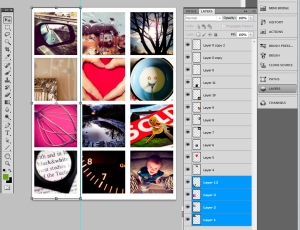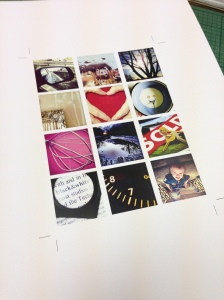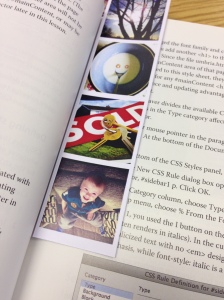I have been collecting “Retro Cameras” for about a year now. After remembering my love for good old film photography! The love for the while process of film and the “you don’t know what you’ll get until you see it” when developing. I found that the Box Brownie Cameras are such fun to play with and placing 35mm film in them gives them a new lease of life. Once i have taken my fun 35mm photos with my brownie i found a problem! how do you get the film back into the roll without exposing the film to light? I found a room with no windows and left the light off. This was not great as trying to wind it in the dark is not easy, so i had an idea of converting a brownie to take 35mm and so you can wind it back in the the container.
Retro Cameras are always a great find, and at car boot sales you can get a good bargain! At one of these sales i found my project peace. A 1920/30 Kodak Brownie no2a model B, this was in the best on conditions as the box outer was well worn and the shutter seem to stick.

I decided to make a complete new outer box for it so the only original parts would be where the film sat and the lens block and shutter mechanism. so i took it all apart taking photos along the way so i could refer to them when putting it back together.


I started by making the outer shell, mount board from your local craft store is good for this as its light and strong. I coved the inside with black paper to give it a bit more light proofing. An insert was needed to bridge the gap from the front to the main box, i also used mount board covered in black sugar paper.



once the front outer and the main box was complete and all windows cut out i purchased some sticky vinyl (you can get this from most craft or DIY stores). Carefully wrapping the mount board so you do not get creases and over lapping at the bottom of the camera so it will stay tight and stuck.





Most of the camera parts are unique so i cleaned them up and refitted to the new camera body.


A cool carry handle was added mostly for visuals purposes.



once most of the camera parts where added to the new shell, i made another hole in the inner film case so i could have two winders. The top one being for the the 35mm case so i can wind it back once the film was done. Two sponge mop clips where used for the winding handles (which matched the new box colour great).

The spindle winder i used a brass hook and crushed it to fit in the 120 film spindle slot. Then screwed it in to the mop clip. Also the holes for the clips where made round so making it possible to remove the clips when getting the film out of the casing.

The section which would hold the 35mm film would need a little modification. once the extra hole was created i measured the length the winding handle would need to go in to turn the film casing. A round peace of plastic and a peace made in to a fork was used to help turn the film casing.
The 120 film support came in handy to help keep the 35mm film in place. A plastic plug was used to also to help stop the film from moving out of position.


The front, i had this made from a scrap peace of aluminum, the holes where cut to the same as the original. being silver the light may bounce of the inside of the camera front so i sprayed it Mat Black to prevent this. I counter sank the screws so they would sit flush to the plate. Due to the Front being metal i had the problem of fixing the view finder lenses, so i used a small nut and bolt and counter sank the bolt head like i had done with the screws.



Once all the peaces where in place, i just added some stickers to give it the brownie look. and here is the finished camera!!

Now its done time to try it with a film in!! watch this space for the Photos.
If you do not want to re-create a brownie like above, i found a cool site which can give you ideas how to make your brownie look different – CLICK HERE



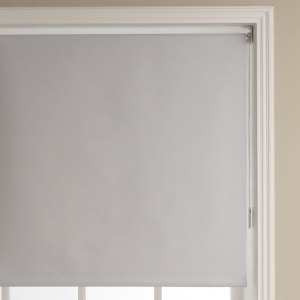
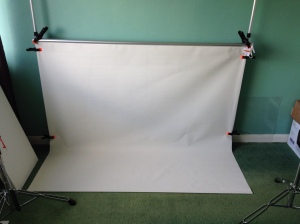
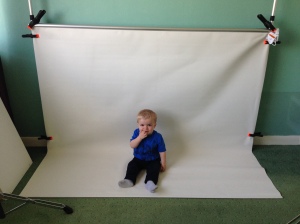
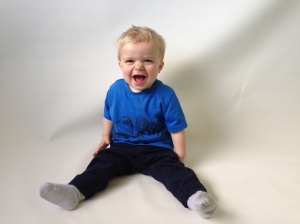


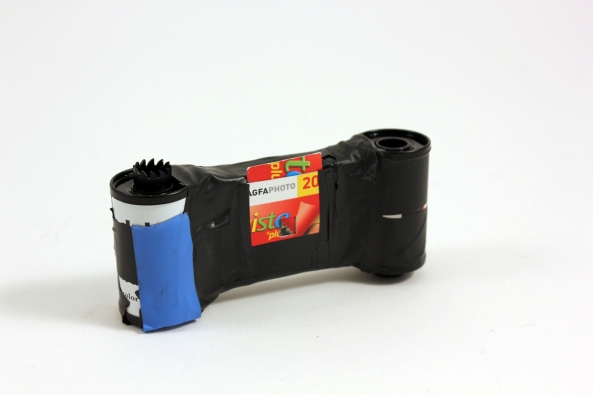
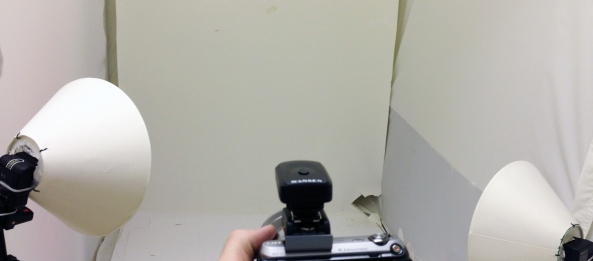
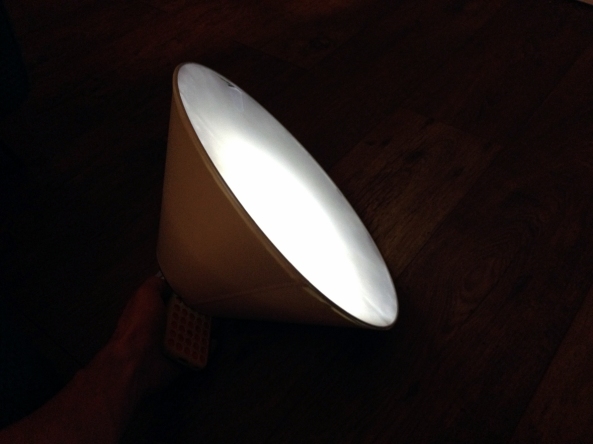
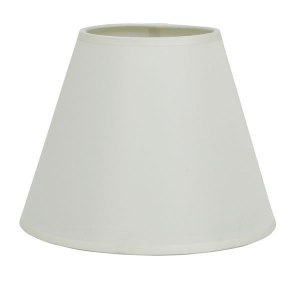
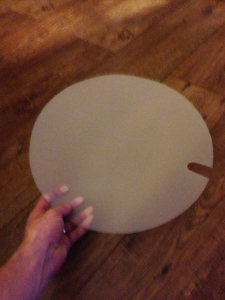
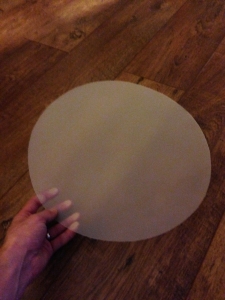
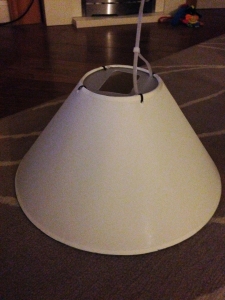
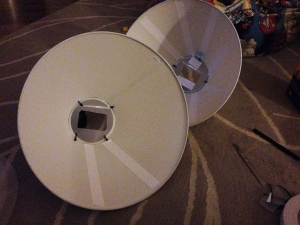
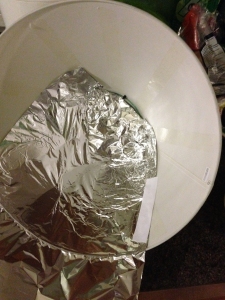
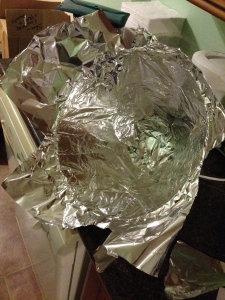
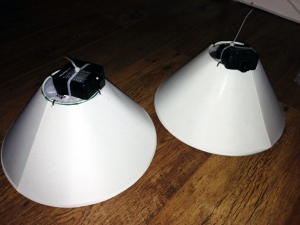
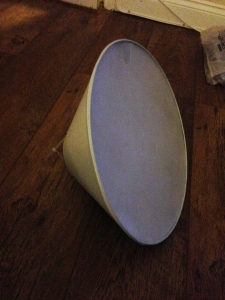
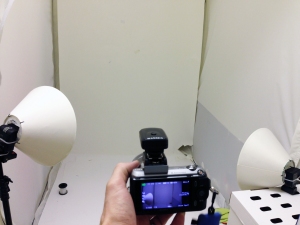

![IMG_2799[1]](https://retrocamerauk.files.wordpress.com/2014/04/img_27991-e1397034075930.jpg?w=300&h=225)
![IMG_2800[1]](https://retrocamerauk.files.wordpress.com/2014/04/img_28001-e1397034089859.jpg?w=225&h=300)
![IMG_2801[1]](https://retrocamerauk.files.wordpress.com/2014/04/img_28011.jpg?w=225&h=300)
![IMG_2802[1]](https://retrocamerauk.files.wordpress.com/2014/04/img_28021.jpg?w=225&h=300)
![IMG_2803[1]](https://retrocamerauk.files.wordpress.com/2014/04/img_28031.jpg?w=300&h=225)
![IMG_2804[1]](https://retrocamerauk.files.wordpress.com/2014/04/img_28041.jpg?w=225&h=300)
![IMG_2805[1]](https://retrocamerauk.files.wordpress.com/2014/04/img_28051.jpg?w=225&h=300)

